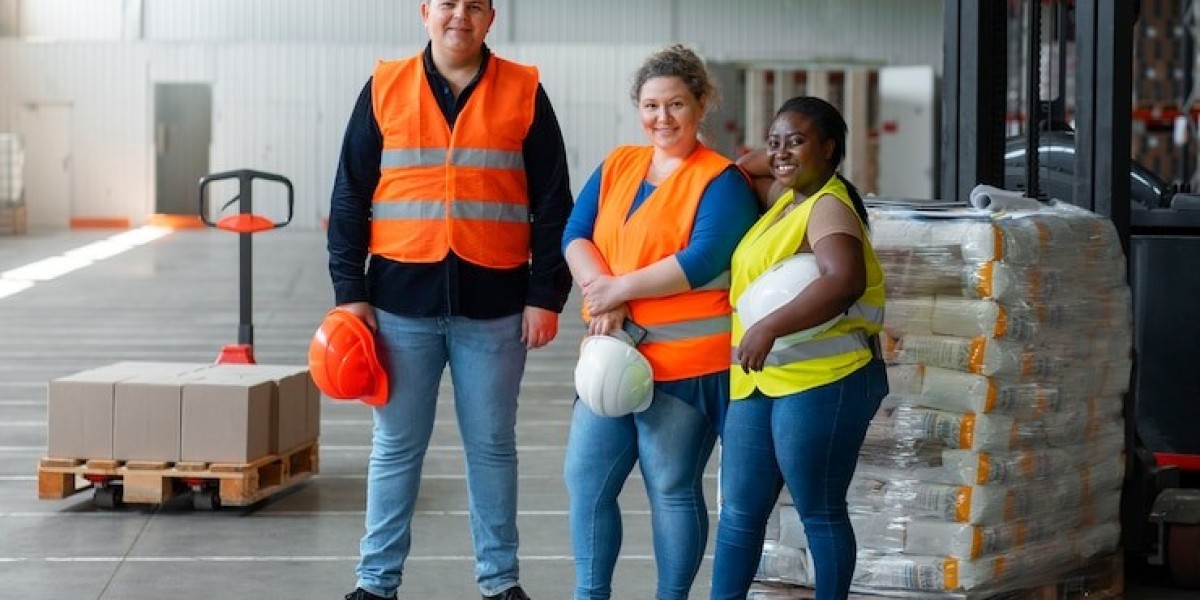Working in factories and workshops often exposes employees to a variety of hazards. One of the most common injuries in these environments involves the hands, as they are constantly engaged in handling machinery, tools, and raw materials. A minor cut, puncture, or burn can escalate into a serious condition if not treated immediately and correctly. Understanding first aid essentials for hand injuries is crucial to maintain safety, reduce downtime, and prevent infections.
Understanding the Risk
Hands are perhaps the most vulnerable part of the body in industrial environments. Employees may suffer injuries from sharp tools, heavy machinery, chemical spills, or even repetitive stress. These injuries range from minor cuts and abrasions to fractures, amputations, or severe burns. Immediate and effective first aid not only reduces pain and risk of infection but also ensures faster recovery.
Investing in employee safety through proper training is vital. For instance, organizations offering NEBOSH IGC course in Pakistan emphasize hazard recognition and effective response strategies. Such courses often include modules on handling workplace injuries, including hand injuries, and give practical guidance that can save lives. For businesses considering NEBOSH course fees in Pakistan, the investment pays off in terms of safety compliance and workforce protection.
Common Types of Hand Injuries
Before discussing first aid steps, it’s important to recognize the common types of injuries:
- Cuts and lacerations: Often caused by sharp tools, broken glass, or metal edges.
- Puncture wounds: Caused by nails, needles, or sharp industrial objects.
- Burns: From hot surfaces, chemicals, or electrical equipment.
- Crush injuries: Occur when hands are caught between heavy machinery or objects.
- Fractures: Breaks in the bones of fingers or hands.
- Amputations: Severe accidents may result in partial or complete loss of fingers or hands.
- Chemical exposure: Handling industrial solvents or corrosive materials can result in chemical burns.
Recognizing the type and severity of an injury determines the appropriate first aid response.
Steps for Immediate First Aid for Hand Injuries
Step 1: Ensure Safety
Before providing aid, make sure the environment is safe. Switch off machinery, move away from hazardous areas, and ensure the injured person is out of harm's way. Protect yourself with gloves if necessary.
Step 2: Control Bleeding
For cuts and lacerations:
- Apply gentle pressure using a clean cloth or sterile gauze.
- Elevate the hand above the heart level to reduce bleeding.
- Avoid using a tourniquet unless the bleeding is life-threatening.
Step 3: Clean the Wound
- Rinse the wound with clean water to remove debris.
- Use mild soap around the area but avoid harsh chemicals directly on the wound.
- For puncture wounds, ensure no objects remain embedded. If an object is lodged deeply, do not attempt to remove it; seek professional help immediately.
Step 4: Protect the Injury
- Cover the wound with a sterile dressing or bandage.
- For burns, use a clean, non-stick dressing.
- Avoid tight bandages that could restrict circulation.
Step 5: Manage Pain and Swelling
- Apply cold packs wrapped in cloth to reduce swelling.
- Over-the-counter painkillers can be used if necessary, following dosage instructions.
- Elevate the hand to minimize discomfort and fluid buildup.
Step 6: Seek Medical Attention
Certain injuries, such as deep cuts, burns, fractures, and amputations, require immediate medical evaluation. Even minor wounds should be monitored for infection signs like redness, swelling, pus, or fever.
Step 7: Monitor for Complications
- Watch for changes in skin color, numbness, or tingling, which may indicate nerve damage.
- Ensure tetanus vaccinations are up-to-date, particularly after puncture wounds.
- Follow up with healthcare professionals if recovery seems slow.
Preventive Measures in Factories and Workshops
Prevention is always better than cure. Employers should prioritize hand safety through training, protective gear, and safe working procedures.
- Use personal protective equipment (PPE): Gloves designed for specific tasks can prevent cuts, burns, and chemical exposure.
- Regular training: Programs similar to NEBOSH IGC course in Pakistan teach employees about hazard recognition and safe practices.
- Safe tool handling: Proper handling, storage, and maintenance of sharp tools reduce accidental injuries.
- Clear signage and labeling: Mark hazardous areas and materials clearly to avoid accidental exposure.
- Ergonomic setup: Reduce repetitive strain injuries by providing tools and equipment that support natural hand movement.
A proactive approach reduces injury frequency and demonstrates a commitment to workplace safety.
Anecdotes and Real-Life Experiences
Consider the story of Ravi, a workshop operator in a small manufacturing unit. One afternoon, while fixing a metal sheet, he accidentally cut his hand on a sharp edge. Luckily, his colleague immediately applied first aid by cleaning the wound and bandaging it. Ravi was taken to a hospital, and due to the prompt response, he avoided infection and returned to work quickly. This incident underlines the importance of immediate action and proper first aid knowledge in industrial environments.
Similarly, Anita, a factory supervisor, shared her experience during a chemical spill. A worker’s hand got exposed to a corrosive substance. Thanks to training in NEBOSH IGC course in Pakistan, she applied emergency washing procedures and controlled the situation before it escalated into a severe injury. These stories illustrate how preparedness and knowledge can make a significant difference.
Additional Tips for Handling Hand Injuries
- Always have a well-stocked first aid kit accessible.
- Keep emergency numbers and medical contacts readily available.
- Conduct regular drills for injury scenarios.
- Encourage employees to report minor injuries immediately to prevent complications.
By following these steps and guidelines, factories can reduce the impact of hand injuries and maintain a safer working environment.
Read More on NEBOSH Course Fees in Pakistan
For those interested in strengthening workplace safety knowledge, investing in training programs like NEBOSH course fees in Pakistan can be highly beneficial. These courses cover a wide range of safety modules, including handling hand injuries, machinery hazards, and chemical safety.
Read more about NEBOSH IGC course in Pakistan and how it equips employees and supervisors with the essential skills to manage workplace hazards effectively.
Conclusion
Hand injuries in factories and workshops are not just minor setbacks—they can lead to long-term disability, loss of productivity, and serious health issues. By understanding the types of injuries, implementing immediate first aid measures, and fostering preventive practices, workplaces can ensure the safety and well-being of their employees.
Remember, preparation is key. Equipping your workforce with knowledge, training, and the right tools can turn potentially dangerous situations into manageable ones. Incorporating professional courses, like NEBOSH IGC, can significantly elevate your workplace safety culture while ensuring compliance with international safety standards.













